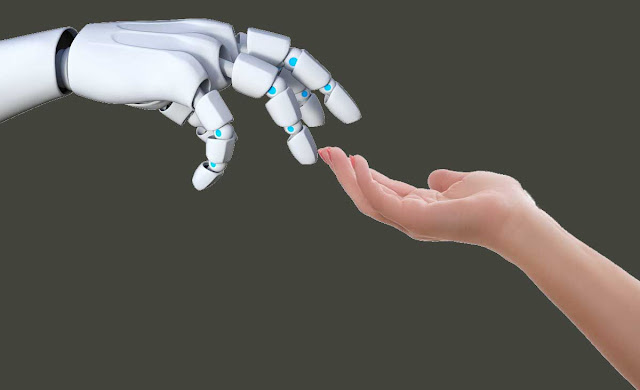Nearly a billion dollars. This is the maximum amount that the Japanese government is willing to invest in research on the augmented man and cyborgs technologies, reported the business daily Nikkei late July. The goal? Design realistic technologies capable of supporting an aging body or mitigating industrial pollution.
The initiative is singular, but maybe not so crazy. The Japanese government will soon invite researchers and academics to study proposals for technologies dedicated to human growth in 25 areas of expertise. A government source mentioned by ZDNet indicates that a budget of 100 billion yen ($ 921 million) would have been earmarked for these future projects over the next five years. In all, this funding would run for a total of 10 years.
Coupling man to engineering: a solution to some of Japan's current problems?
Despite some wacky cyborgs, says the US media, some of the technologies that are coming up soon could help solve some of Japan'scurrent problems, such as population aging, ocean clean-up, and industrial pollution. Even if it reveals a certain cynicism on the part of the Japanese authorities.
One of the first challenges facing Japan is the birth rate: the Japanese tend to have fewer children than in the past, to the point where the rate of natural increase is 0.27%. A problem that particularly worries the industry. The aging of the population induced by this declining birth rate raises the specter of a significant lack of manpower over the next few years. Increasing the number of aging employees and allowing them to work longer would be a short-term solution, particularly to prevent the Japanese industry from falling too fast, ZDNet notes.
Projects to be completed between 2025 and 2060 to be taken into account
More broadly, Japan would also seek to encourage the development of " cyborg technology that could replace the functions of the human body by robotics or living organisms by 2050, " said Nikkei. The principle of artificial hibernation would also count among the crazy projects but nevertheless taken seriously by the Japanese government. It would consist of maintaining a human organism in stasis to improve its longevity.
Perhaps more realistic, automation technologies for agriculture, forest management, building construction, fishing or the recycling of industrial waste will be studied with attention.
Japan would be ready to put in place the first grants as early as next year, for projects that will have to end between 2025 and 2060.









0 Comments